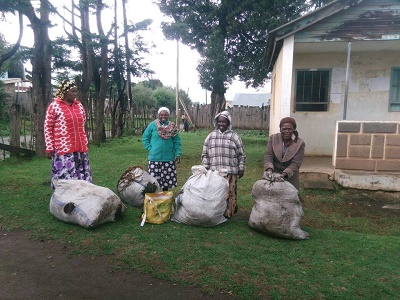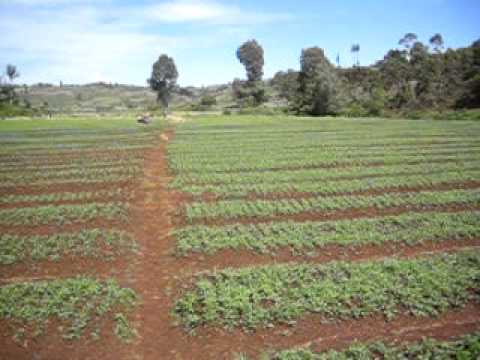Pyrethrum Farming
Pyrethrum is grown for its natural pyrethrins which are used in formulating insecticides. The pyrethrins attack the nervous systems of all insects. The use of Pyrethrum as an insecticide is advantageous over other insecticides in that it has repellent effect on insects, exhibits rapid “knockdown”, and is non-persistent in the environment since they break down on exposure to light or oxygen.
Pyrethrum Farming Ideal conditions
Rainfall– Pyrethrum requires a minimum of 750mm of rainfall well spread over the season.
Altitude– an altitude of 2,000 meters above sea level is required.
Land preparation– The land should be well tilled to allow easy penetration by roots. All weeds should be removed and Ploughing should be done during dry months to help destroy stubborn weeds.
Seed selection– Farmers should select seeds based on their agro- ecological zone
Planting– pyrethrum should be spaced 2 feet inter- row (from row to row) and 1 feet intra-row ( from plant to plant).A table spoon of Triple Super phosphate fertilizer should be used per plant and mixed thoroughly with soil to avoid scorching.
Topology– pyrethrum should be planted on hilly and well drained areas since it does not tolerate water logging.
Transplanting– Pyrethrum should remain in the ground for three to four years after which it should be uprooted and transplanted in a new field.
Pest and Diseases – Nematodes and several other pests such as thrips, aphids, red spider mites attack pyrethrum thus affecting the production.






